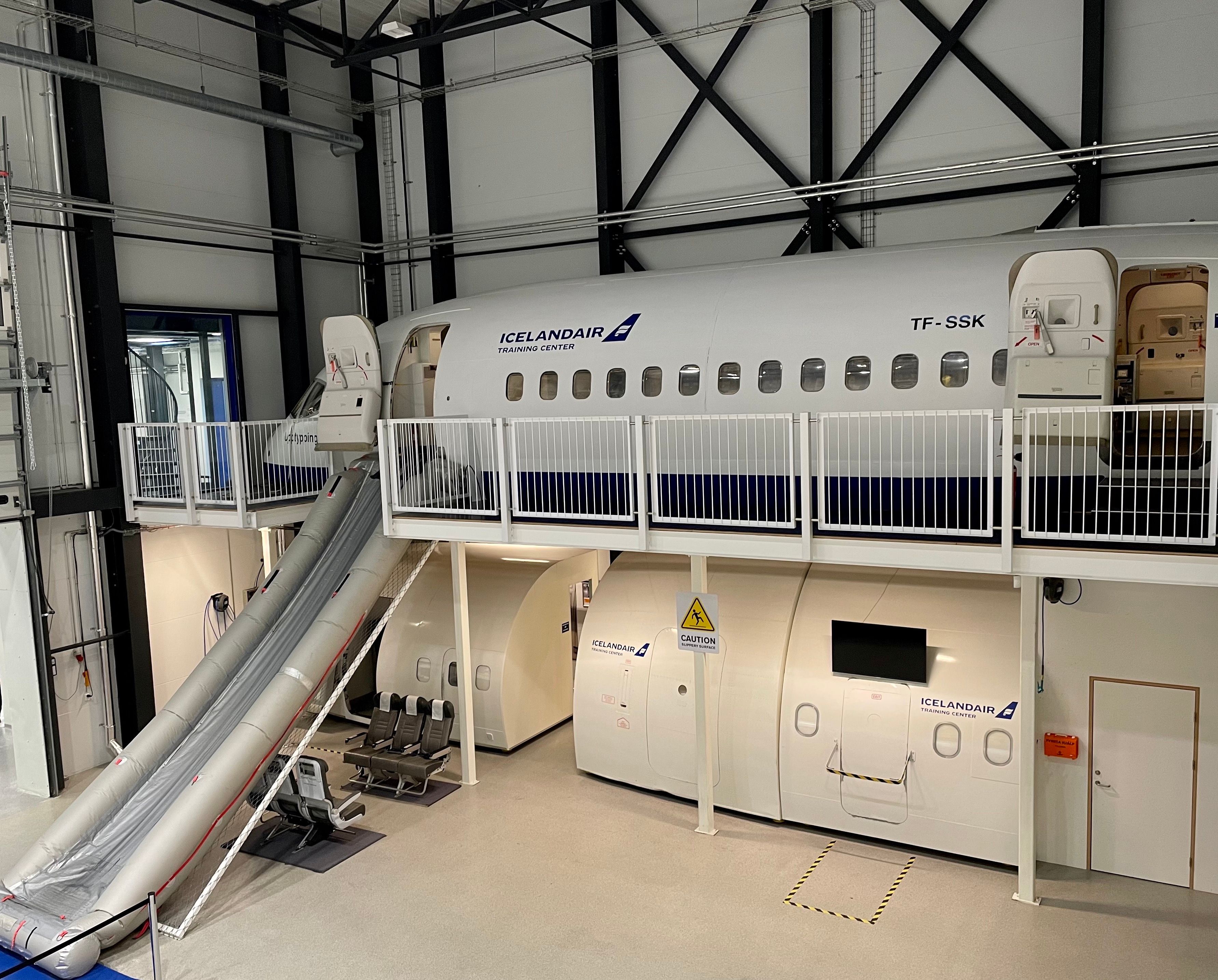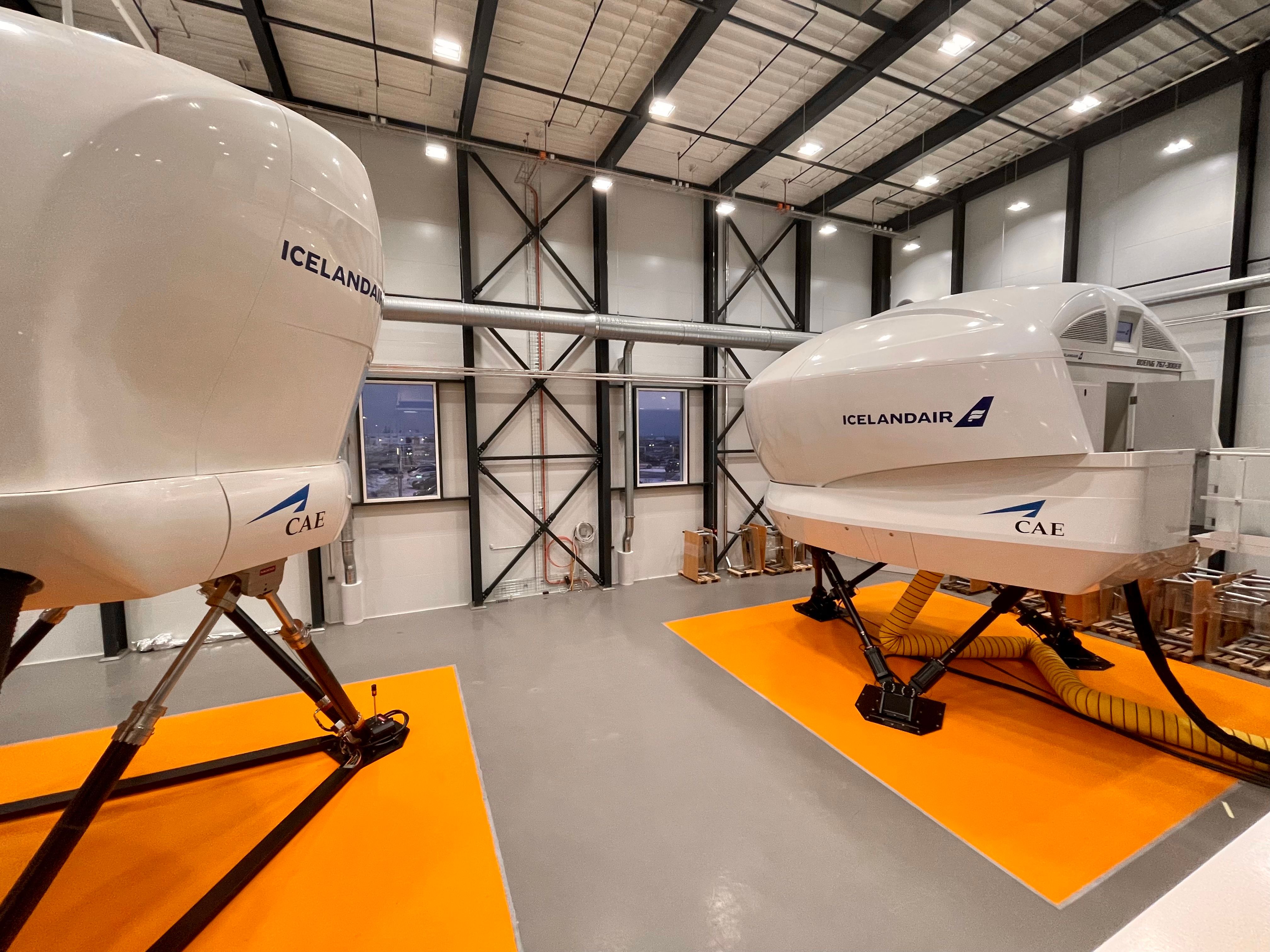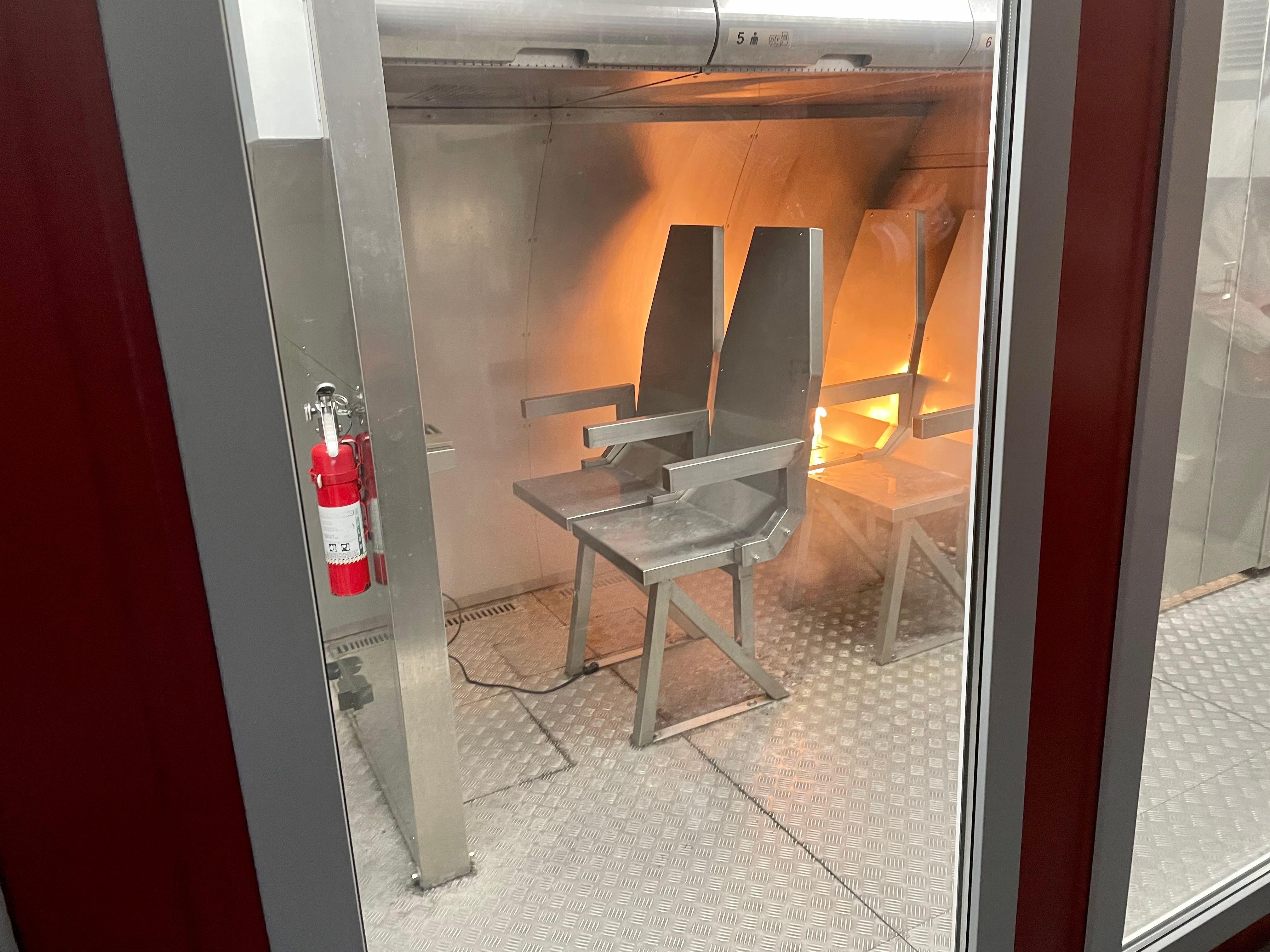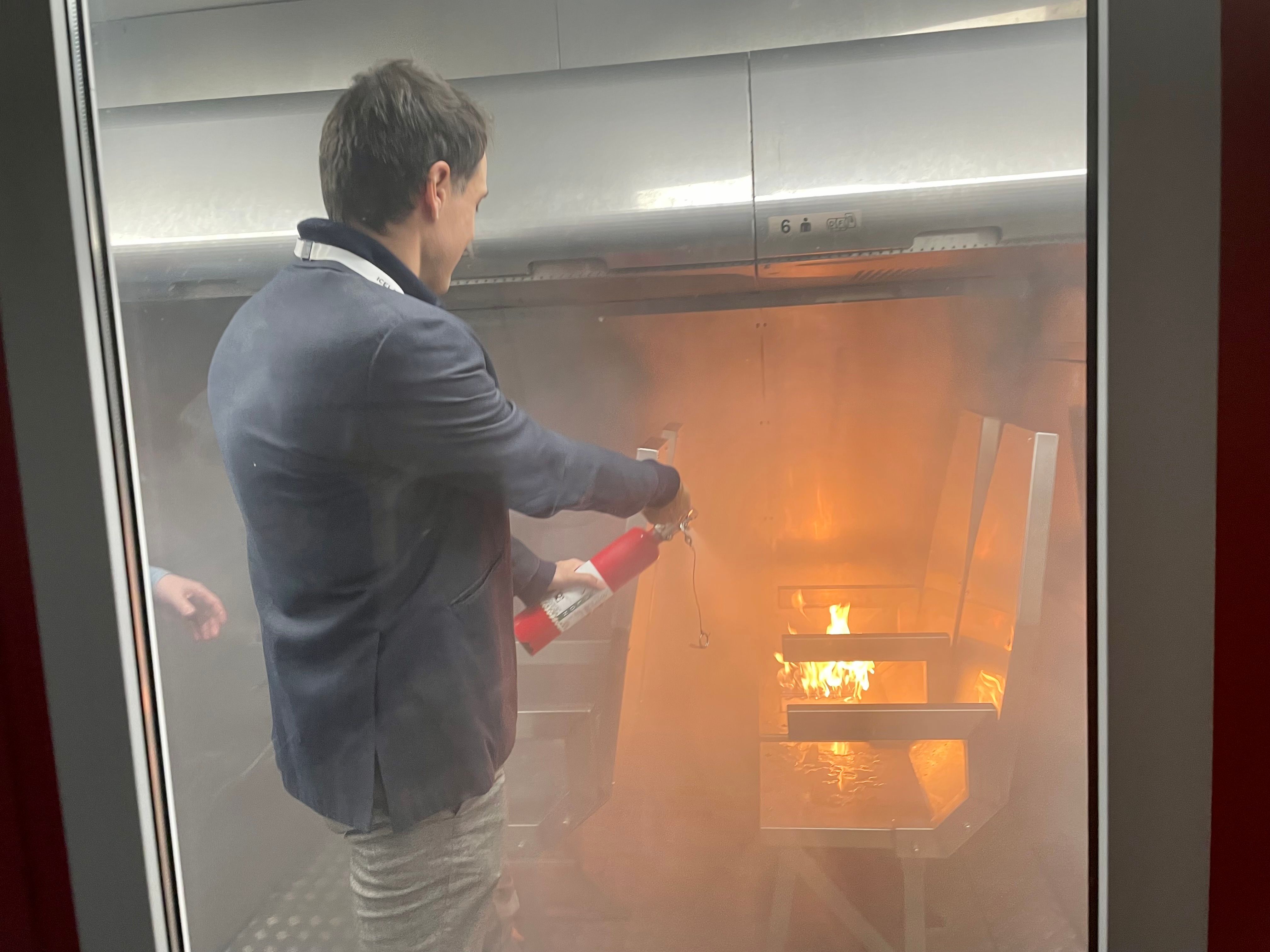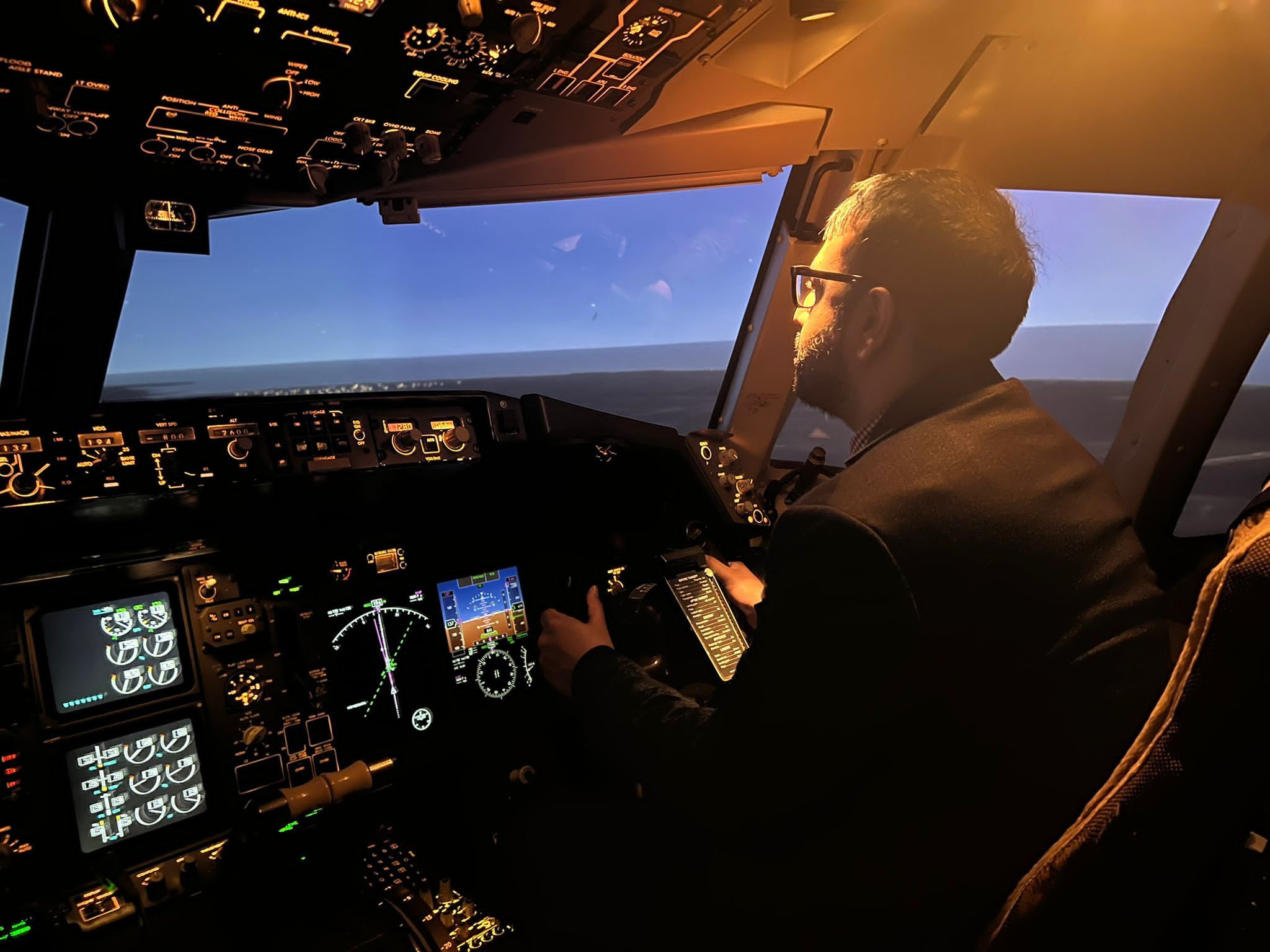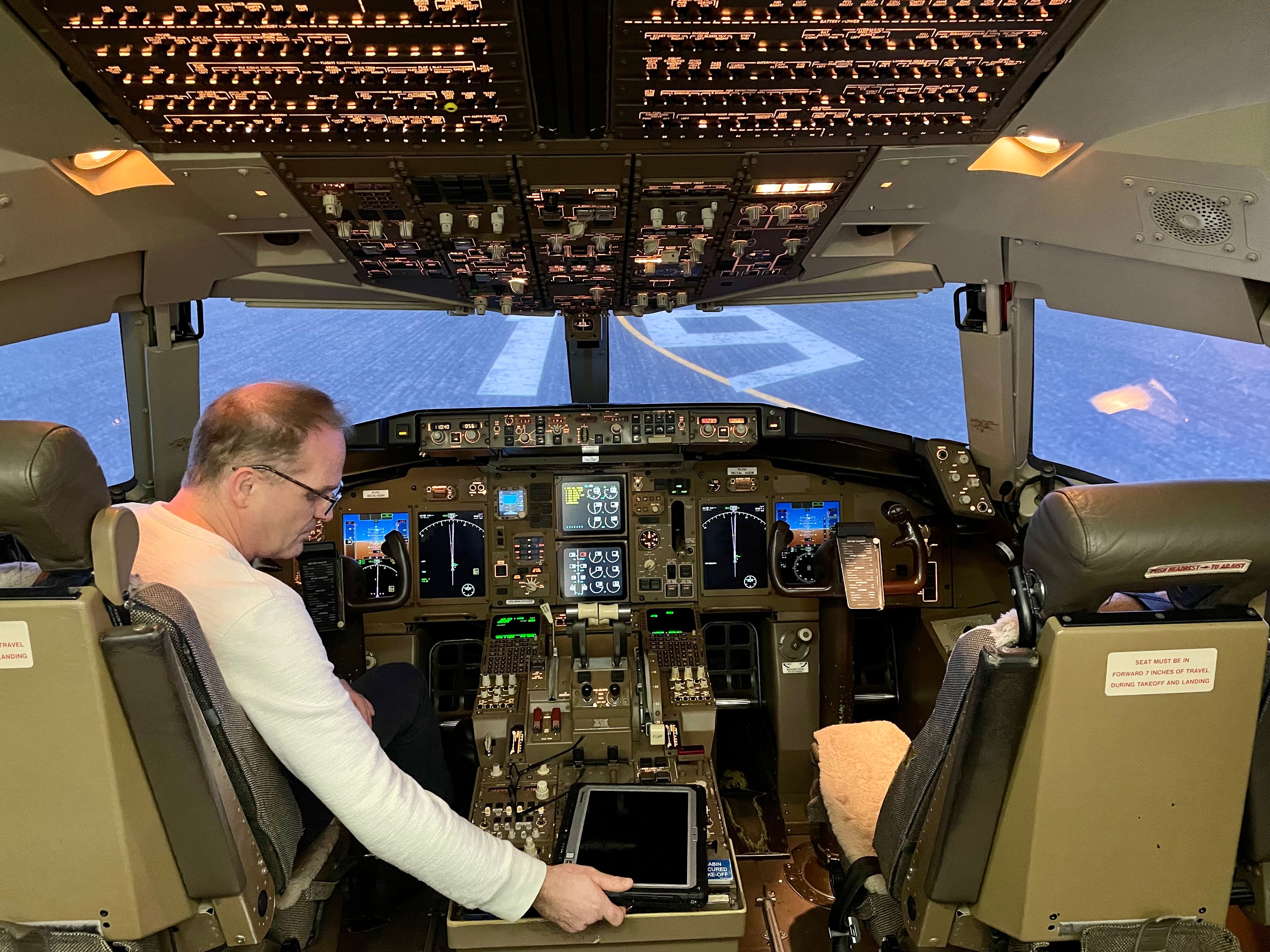At the tail end of last month, Simple Flying had the opportunity to visit Icelandair’s training center in Hafnarfjordur, Iceland, which is located 20 minutes from Keflavik International Airport. There was plenty to see at the facility, with the Icelandic flag carrier covering all angles to prepare its crew.
Warm welcome
It was a frosty morning on the ground. Even though it was after 09:00, the sun still hadn’t risen due to the time of year in the country. Thus, we were glad to be welcomed indoors by the friendly team at the facility. Alongside a group of fellow journalists, we were greeted by chief pilot Linda Gunnarsdóttir, captain Gudmundur Tomas Sigurdsson, and CAE Icelandair Flight Training managing director Asgeir Bjarni Larusson, with a hot cup of coffee.
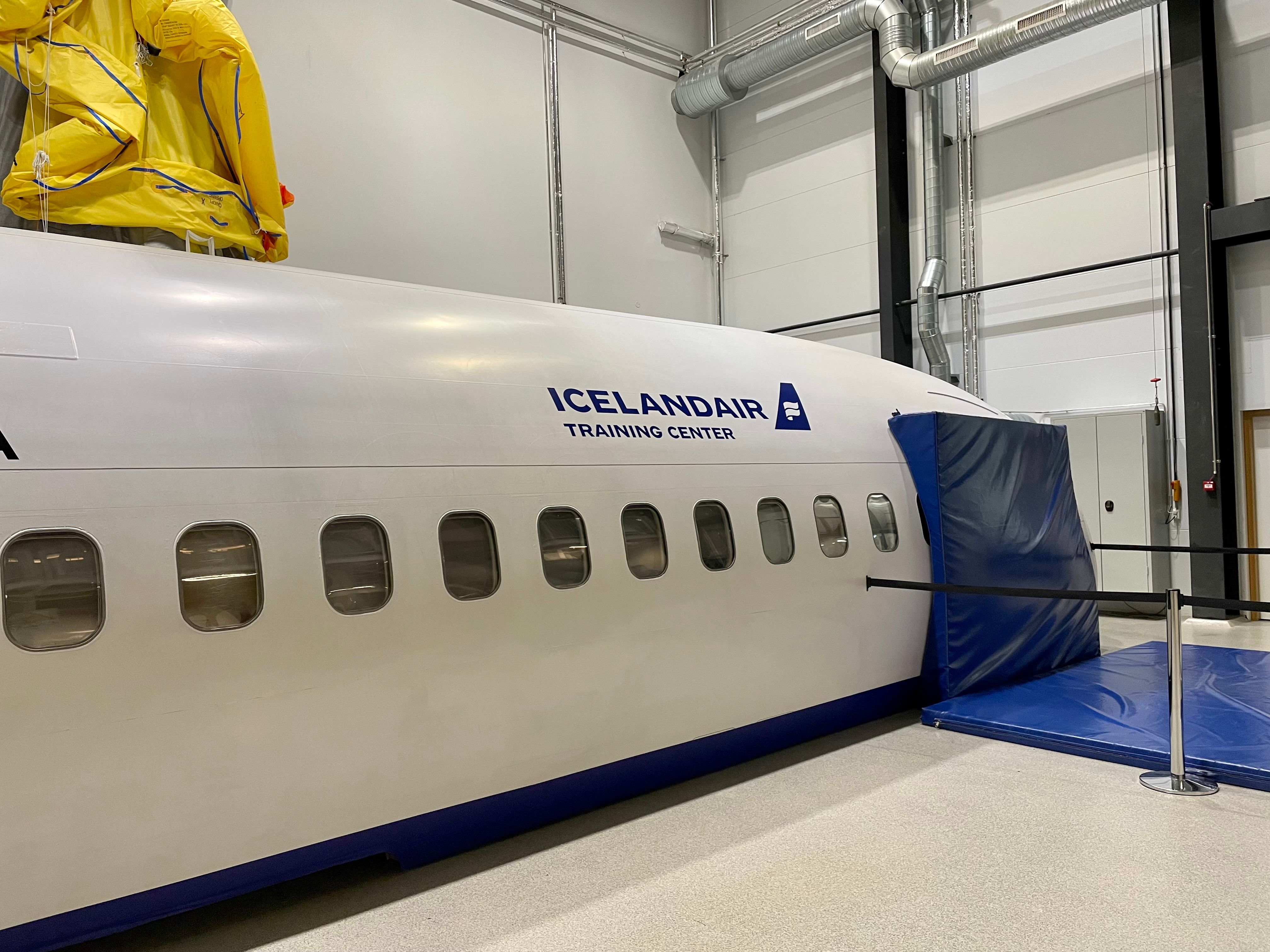
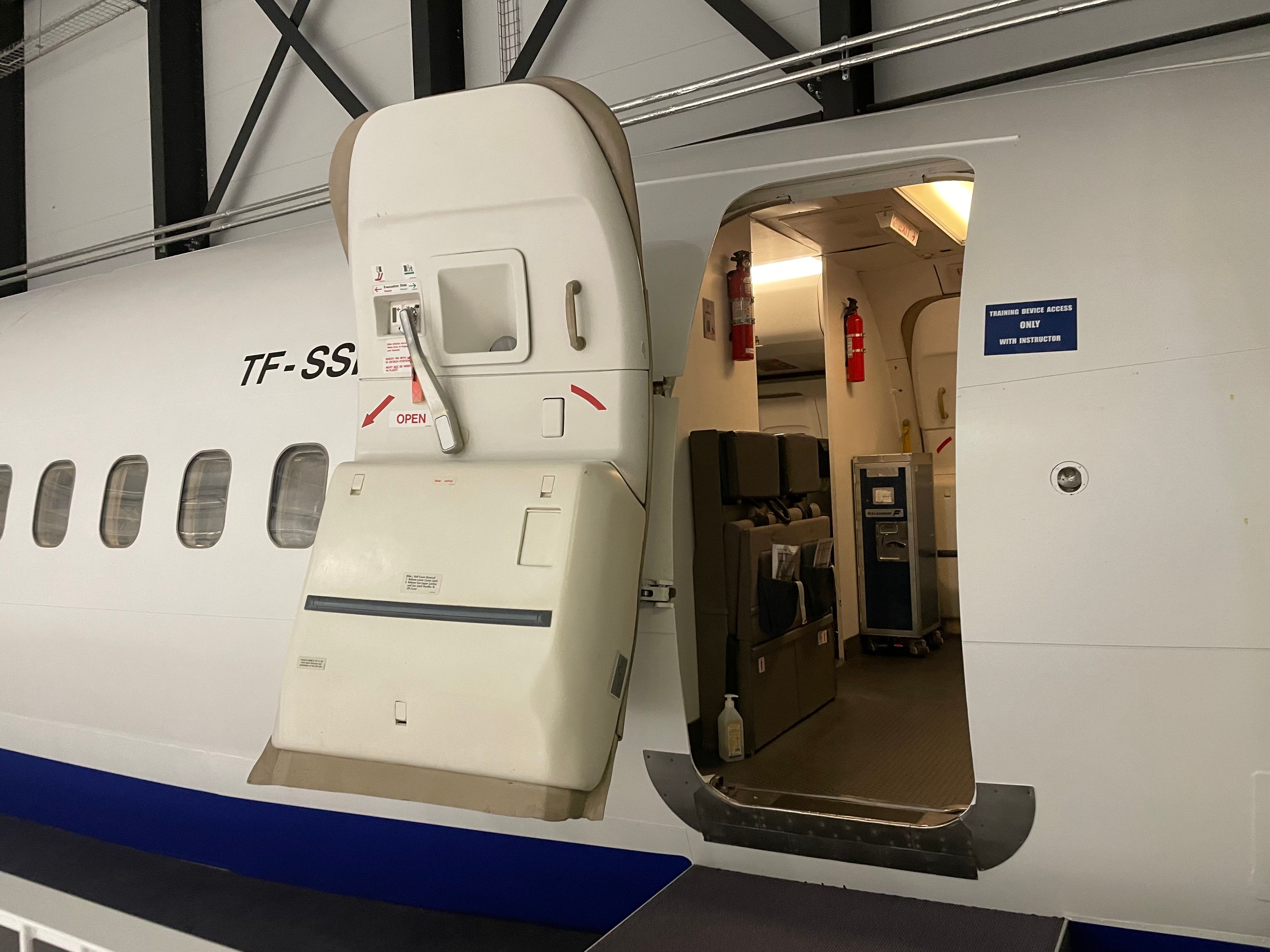

The team explained the nature of the site, highlighting that it consists of two branches, broken down by the following:
Icelandair Training Center
- Theoretical and tactual training for flight and cabin crew
- Theoretical training for mechanics
CAE Icelandair Flight Training
- Shared ownership by Icelandair (67%) and Canadian simulation and training tech manufacturer CAE (33%)
- One fire trainer
- Three full flight simulators equipped like active Icelandair units
Get the latest aviation news straight to your inbox: Sign up for our newsletters today.
Plenty of action
The CAE Icelandair Flight Training Center company was founded in 2013. However, a new building was opened in 2018, the same year that saw the Boeing 737 MAX and 767 simulators be ready for training. The two devices work alongside the 757 simulator onsite.
The fire and smoke trainer mimics real-life scenarios that flight attendants may face when in the skies. Restroom fires, laptop malfunctions, oven emergencies, and luggage bin flames can all be dealt with here.
We even had the chance to try and put out some mock fires ourselves. It was easy enough to quell the laptop fire. However, it was a little tricky to manage the situation in the luggage bin without exposing the area to more oxygen. The team advised opening a slight gap and keep spraying the extinguisher from the side.
Additional cabin scenarios that can be practiced include emergency exiting, medical urgencies, and smoke in the cabin. We experienced the latter in a training setting on the day and can appreciate how difficult it is for crews to operate in such situations. The visibility was practically zero, and the onboard flashlight was a saving grace.
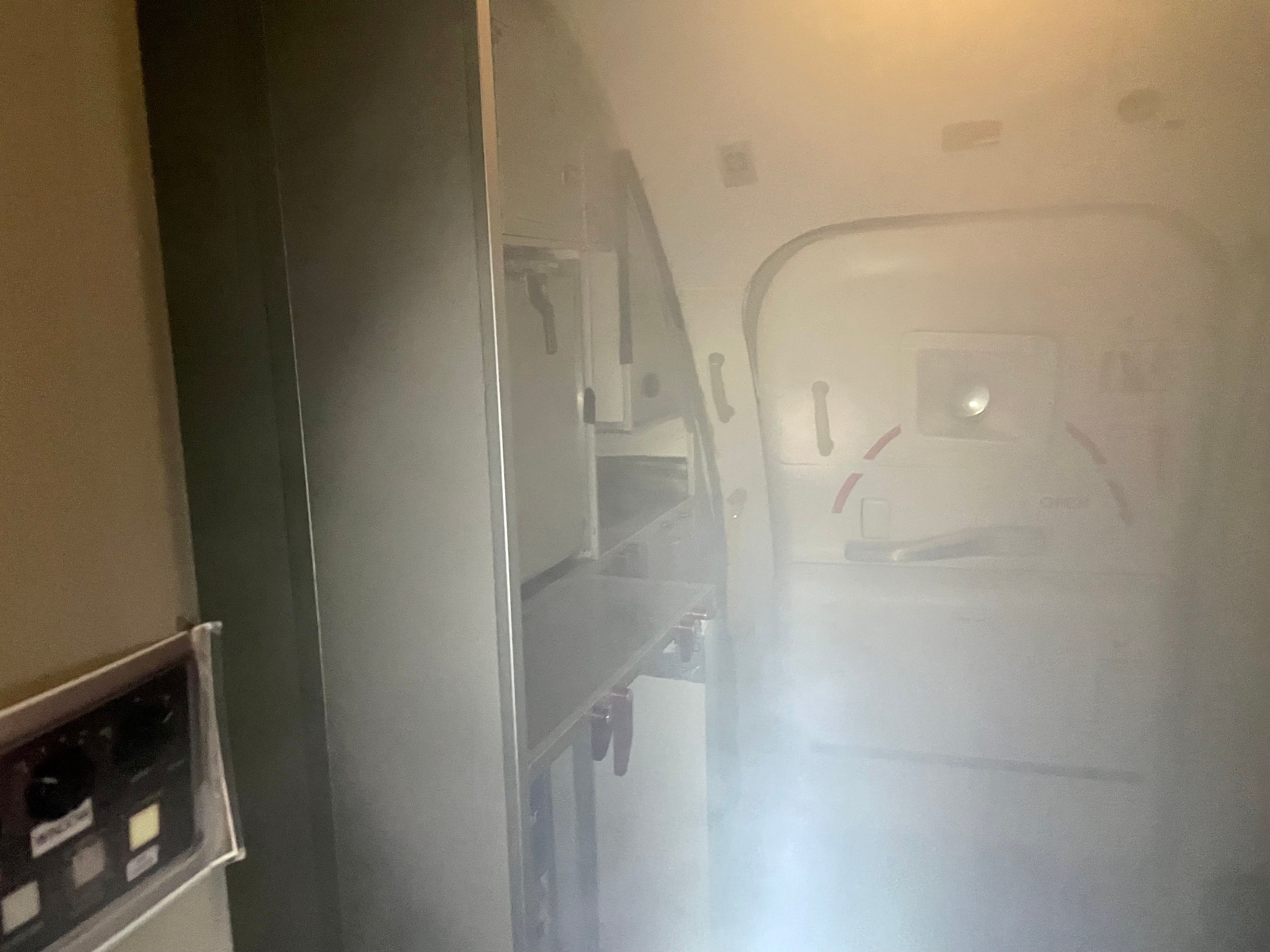

We were also shown several other onboard items, including what is used to help restrain unruly passengers! Notably, cabin crew members complete both their basic training and recurring training at the same center.



The center is always adapting, recently taking on new VR hardware to help navigate cabin conditions.
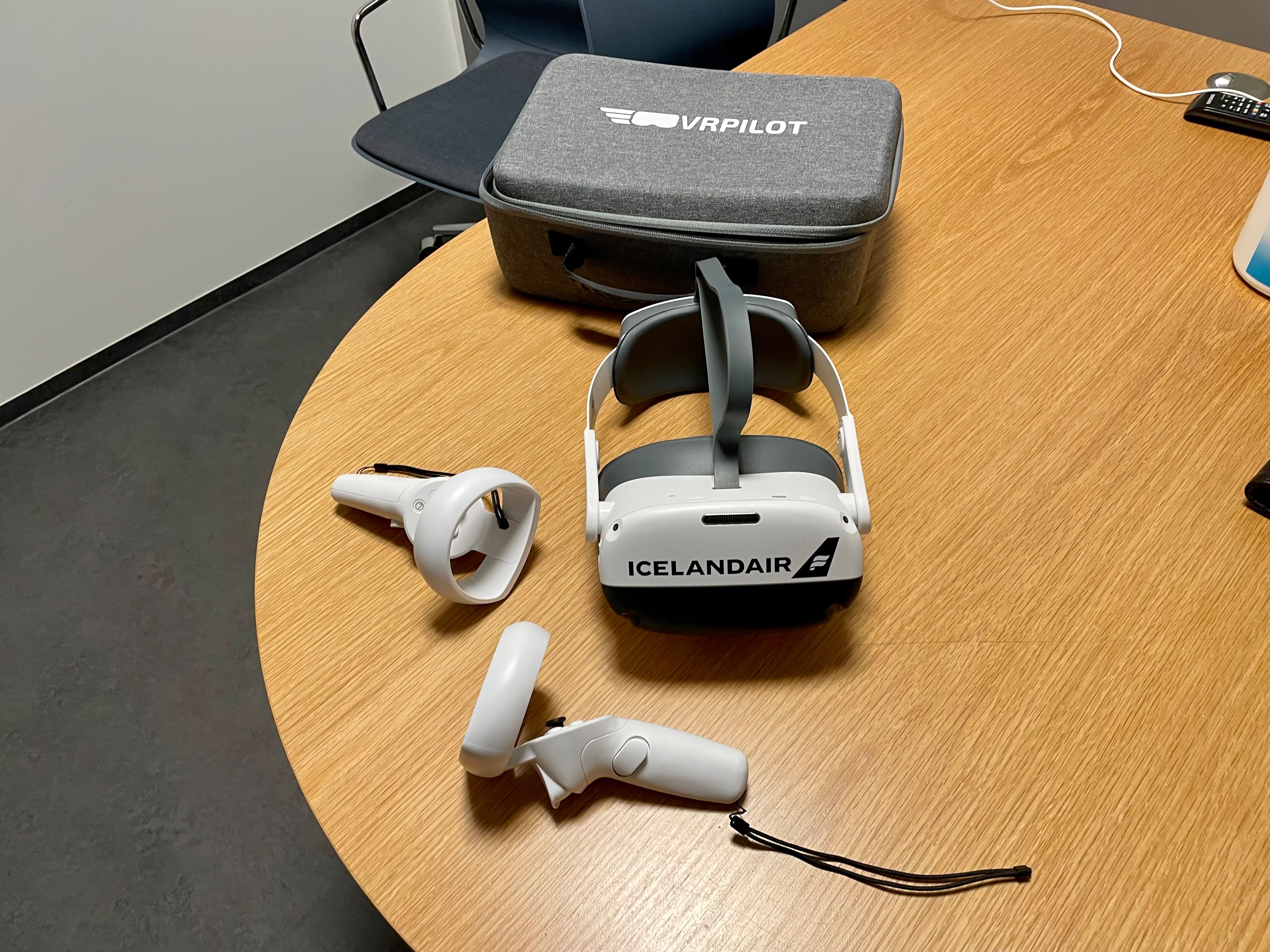

Check out all the latest European aviation news here.
Exciting experience
While it was interesting trying out the VR tech, it didn’t compare to the state-of-the-art full simulators. We are grateful that we had the chance to simulate the landing of a 767-300ER. It was my first time trying to land an aircraft, and thankfully, with the guidance of the training team, we didn’t crash!
The staff explained the many different issues that can be trained on. All in all, the equipment simulates flight characteristics and an array of malfunctions and unexpected occurrences. Variable weather conditions can also be dealt with to create a realistic situation for pilots.
Altogether, it was a fun and insightful opportunity in Hafnarfjordur. Icelandair’s staff members are often praised for their efforts across the industry, and it’s no surprise after seeing what goes on behind the scenes to ensure a smooth ride.
What are your thoughts about Icelandair’s training center? What do you make of the overall operations of the facility? Let us know what you think in the comment section.

